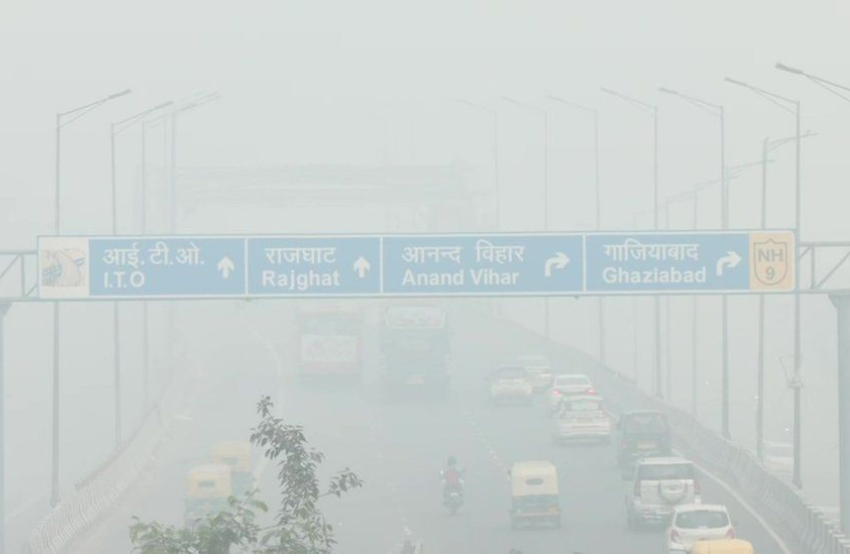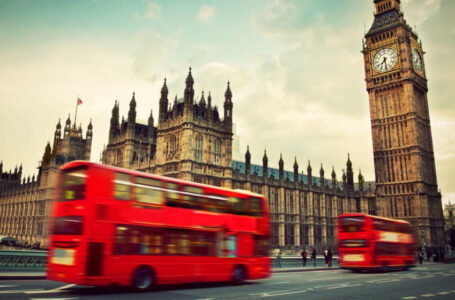The Silent Thief: How Delhi’s Toxic Air Robs You of a Dozen Years

The sprawling metropolis of Delhi, India’s capital, is as famous for its rich history and vibrant culture as it is notorious for its air quality—or the lack thereof. The term “air pollution” in Delhi has transformed from an environmental concern into a life-threatening crisis, with a real, quantifiable impact: an estimated loss of 12 years from the average citizen’s lifespan.
The Deadly Particulates
Delhi’s air is laced with PM2.5 particles, minuscule pollutants that can penetrate deep into the lungs and even enter the bloodstream. Long-term exposure to PM2.5 has been linked to a host of health issues, including respiratory ailments, cardiovascular diseases, and even cancer. The higher the levels, the greater the risk, and Delhi’s air frequently reaches hazardous concentrations, exposing its citizens to harmful levels daily.
An Assault on the Young and Old
While everyone is affected by the toxic air, the most vulnerable—children and the elderly—face dire consequences. Children growing up in Delhi are more susceptible to asthma, reduced lung function, and developmental issues, while the elderly face an increased risk of heart attacks and respiratory failure.
Economic Ramifications
Besides its direct impact on health, Delhi’s air crisis has a trickle-down effect on the economy. Loss of productivity, healthcare costs, and even a decline in tourism contribute to an economic drain, perpetuating a vicious cycle of poverty and health problems.
The Silent Emergency
The issue with air pollution is its insidious nature; it doesn’t cause immediate, visible damage like a natural disaster. As a result, the crisis often fails to galvanise public attention and governmental action in the same way other emergencies do. This complacency allows the problem to escalate, effectively stealing years from the lives of Delhi’s citizens under the guise of normality.
Cultural Reckoning
Delhi’s air crisis also poses a significant cultural dilemma. The city, with its monuments, bazaars, and neighbourhoods, is an intricate tapestry of history and modernity. Yet, the toxic air risks turning the city into a cautionary tale rather than a celebrated destination. It dampens festivals, discourages outdoor activities, and places a dark cloud—both literally and metaphorically—over the city’s rich cultural landscape.
The Role of Governance
Any discussion of Delhi’s air crisis would be incomplete without questioning the role of governance. Despite air quality indices spelling doom and public health warnings, concrete action has been slow and often inadequate. For a city that hosts the central government and enjoys a high global profile, this lack of action is perplexing and deeply concerning.
Conclusion
Delhi’s toxic air doesn’t just fog up the sky; it darkens the future of its citizens, robbing them of an estimated 12 years of life. This crisis is not just an environmental concern but a profound societal and cultural challenge that warrants immediate, robust action. It’s a battle against a silent thief, one that steals not just air but years, dreams, and futures.







